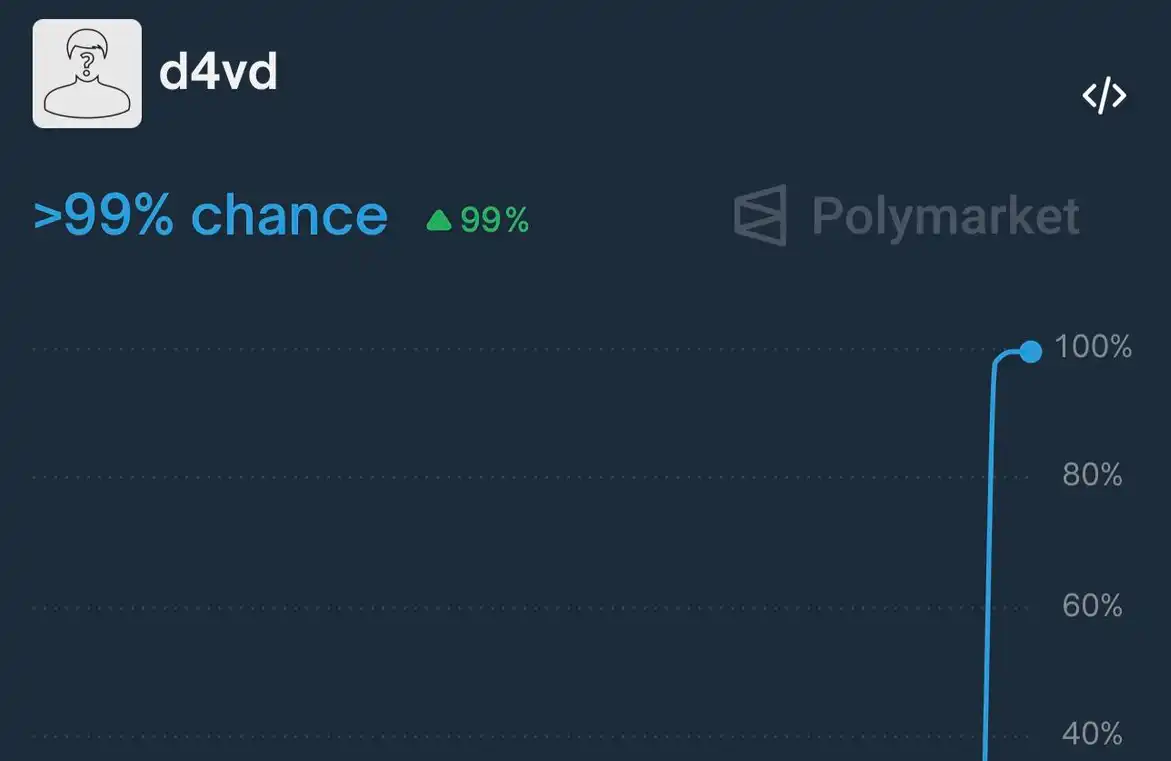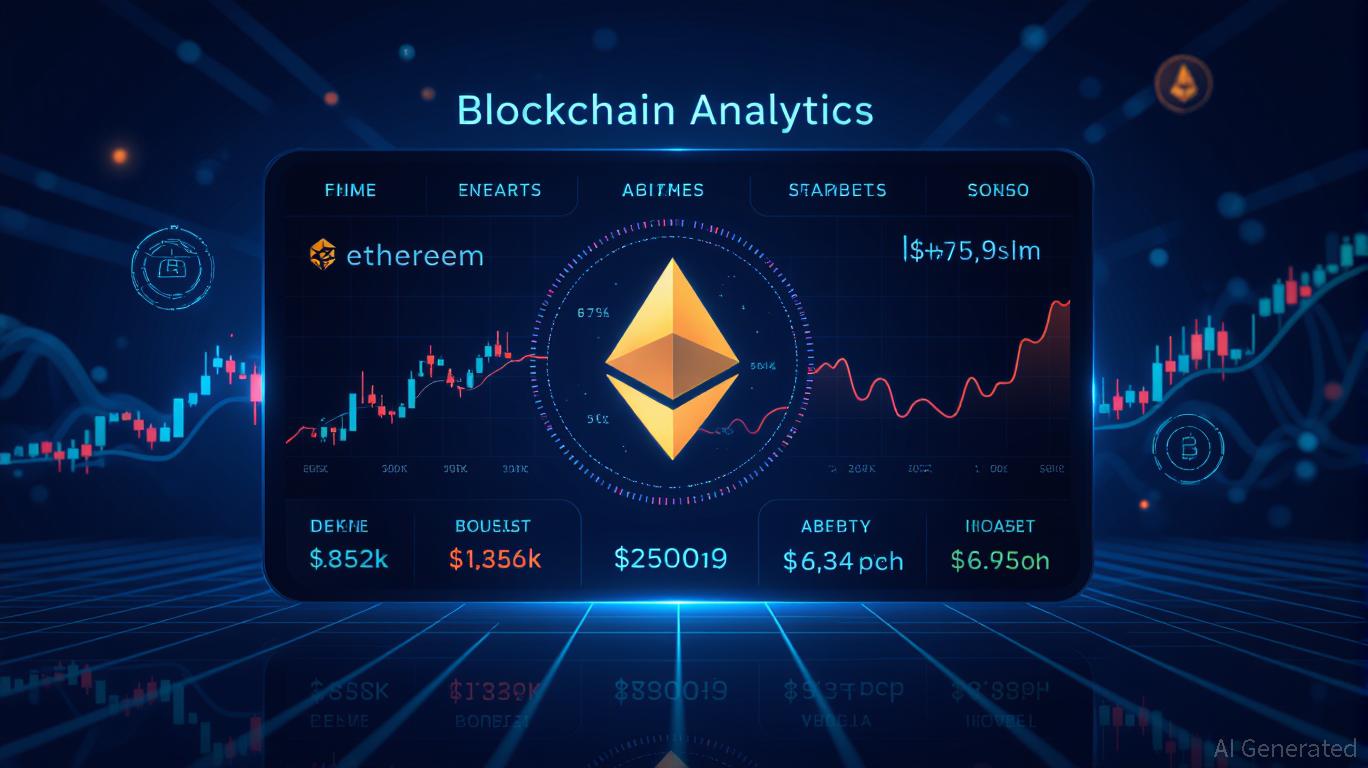Coin Burn in Crypto Market
Introduction
Supply burning is one of the most distinguishing features of cryptocurrency as it makes the asset deflationary. Fiat currencies are, without any exception, plagued by inflation and continuous devaluation. Leading cryptocurrencies have devised an extremely efficient system of periodically or consistently removing certain supply from the total number. Bitcoins are already predetermined never to exceed 21 million mark. Ethereum burns some supply with every transaction. Other coins also undergo coins burning by the communities concerned.
What is Coin Burn?
In blockchain technology and cryptocurrency market, coin burning refers to pre-planned and verifiable removal of a set number of crypto tokens from the total supply of the token. The burned tokens are permanently destroyed, never to appear again in the circulation supply. After completion of each such act, the total supply stats are duly updated on the reputable sites.
Similar but Different Events
Since there is no physical existence of any cryptocurrency, coin burn does not literally burn coins as the term seems to suggest. Apart from actual coin burn, there also exist a few events that remove coins from supply. A few of these events have effects resembling coin burn, and yet they cannot be classified as coin burn.
You might have heard that many Bitcoins are lost forever due to being in the wallets whose private keys nobody can retrieve, or in the cold wallets that the owners had misplaced or lost. However, as the definition reveals, such occurrences cannot be categorized as burning event because they were not pre-planned. To date, nobody has ever thrown any $BTC-containing wallet away or deliberately lost their wallet keys.
An error or bug in a smart contract can trigger supply lock forever. One such case was reported in 2017 when more than 500,000 $ETH were frozen due to a smart contract error. It was an error on the part of a user, but it accidentally hit a vulnerability in the smart contract. The economic effect of the event was similar, yet it was not coin burn activity as it was not deliberate and pre-planned.
How Coin Burn Works
Transaction to a Dead Wallet
Crypto projects employ multiple methods to execute deflationary measures. One is to send cryptocurrencies to such wallets that are known to have become dead due to loss of private keys or seed phrases. The coins become irretrievable forever. Such addresses are called burn addresses as they are dead and not in use of anyone. You can understand these addresses like a huge dump place for factory. Anyone can verify the destruction of coins on a blockchain, which is a digital public ledger.
In such situations, a holder of the coins declares openly that they are willing to burn certain amount of their holdings. When the transaction moves to the smart contract, it is verified whether the holder certainly has the stated amount in their wallet. In case there is no amount or less than the stated amount, the smart contract rejects the transaction. If verified, the smart contract sends the coins to a burn address, and the total supply is consequently updated.
Coded Burn
Ethereum adopted a more efficient burning mechanism in August 2021 in an upgrade titled EIP-1559. Before that, validators received the entire transaction fee. After the upgrade, one part of the fee is removed from the supply, and the other part is received by the validator. Thus, $ETH are constantly being burnt, making it deflationary.
Ethereum’s burn mechanism is protocol based, automated and continuous. Binance’s native coin, $BNB, also employs a burn strategy that differs from that of Ethereum. Binance buys back coins and burns them periodically. Holders announce the burning, and the process proceeds as mentioned above. In addition, a quarterly burn event also takes place on BSC chain. It operates automatically as programmed. Thus, we can say that $BNB burn mechanism is partly similar and partly different from Ethereum’s.
The Significance of Coin Burn
Deflationary Measure
One might wonder what drives developers to burn tokens. The answer is manifold. First, coin burn exerts a very useful influence on inflationary pressure on the coin’s supply. Unlocking schedule of many coins is such that it inevitably drags price lower. Apart from the projects that deliberately unlock more than 50% supply to flood the market with new coins, most of the projects try to control unlocking and periodically or constantly burn some supply to keep the asset deflationary.
Positive Effects on Price Action
Since coin burn reduces total supply while the market cap of the coin remains the same, the price tends to stay stable or rise gradually. However, price action also depends on the demands of the asset. If the demand reduces due to some reason, prices may not gain any positive effect from coin burn.
Transparency Gauge
Furthermore, on-chain proof of the process provides transparency to the project. When developers or owners claim to have burned certain amount of coin supply, anyone can verify the statement from the blockchain, which is a like a digital ledger visible to anyone. Even destination addresses can be viewed. These entries cannot be forged as the smart contracts do not verify fake transactions.
Risks Associated with Coin Burn
Sometimes, coin burn is marketed as a very important event, but actually it is a gimmick to trap traders and investors. A hype is created on social media to attract retail investors who jump in, thinking that the coin is becoming more and more scarce. When they buy the coins, the developers withdraw all liquidity to trigger a rug pull.
If coin burn is controlled by the developers rather than being coded into the smart contract, there may arise issues related to integrity of the project. Although coin burn cannot be faked, it may be rescheduled or delayed. More coins can be burned than announced beforehand so that positive impression may be spread.
Bottom Line
The sum and substance of the whole discussion is that coin burn is a potent tool up the sleeve of project designers. Burnt coins are permanently removed from the total supply when they are sent to a dead wallet, the private keys of which are lost. Caution is advised for investors as they must not take coin burn alone as a buying signal. The demand and utility of the project is the real thing to consider.
Frequently Asked Questions
A coin burn is a deliberate process in which a blockchain project permanently removes a specific number of tokens from circulation. This is done by sending them to a dead wallet address with no access keys, reducing total supply.
Why do crypto projects burn coins?Crypto projects burn coins to manage inflation, control token supply, and create scarcity that may support long-term price stability.
Is coin burn the same as lost or frozen crypto?No. Lost or frozen coins, such as those stuck in inaccessible wallets or smart contract bugs, are not considered coin burns because they are accidental and not pre-planned.
Disclaimer: The content of this article solely reflects the author's opinion and does not represent the platform in any capacity. This article is not intended to serve as a reference for making investment decisions.
You may also like
Netflix’s co-CEO talked about the Warner Bros. agreement with Trump
Short the Prediction Market
Mean Reversion of the Super Cycle of Speculation

Timeless Insights on Investing from 1927: How Human Behavior Continues to Shape Market Outcomes
- McNeel’s 1927 treatise and Buffett’s strategies emphasize intrinsic value and emotional discipline, countering market volatility through long-term focus. - Behavioral finance validates their approach, showing emotional biases like panic selling distort valuations during crises, while disciplined investors capitalize on dislocations. - Compounding through retained earnings, exemplified by Berkshire Hathaway’s Apple investments, highlights patience’s role in outperforming reactive market timing. - Modern v

Vitalik Buterin's Promotion of ZK Technology and the Prospects for DeFi: An In-Depth Strategic Investment Review
- Vitalik Buterin is driving blockchain's ZK-DeFi convergence, prioritizing scalability and privacy as Ethereum's core upgrades. - His GKR protocol accelerates ZK verification tenfold, while hybrid ZK-FHE/TEE solutions enhance security for voting and governance. - ZK rollups now process 15,000-43,000 TPS, with institutions like Deutsche Bank adopting them for compliance and supply chain transparency. - The $7.59B ZKP market (22.1% CAGR) and $237B DeFi TVL highlight ZK's role in enabling institutional-grade

